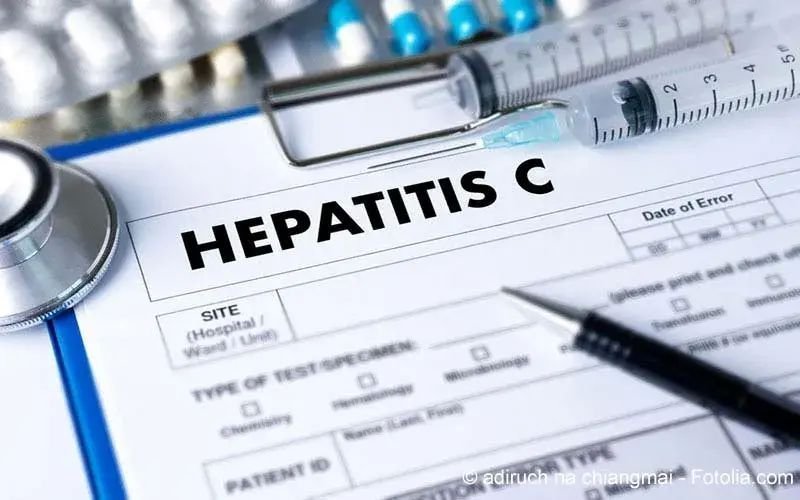Hepatitis c eye exposure risk
Hepatitis c eye exposure risk, Hepatitis C ist eine Leberentzündung, die durch das Hepatitis-C-Virus verursacht und meist über direkten Blutkontakt übertragen wird...
by Kaz Liste H
Hepatitis c eye exposure risk, Hepatitis C ist eine Leberentzündung, die durch das Hepatitis-C-Virus verursacht und meist über direkten Blutkontakt übertragen wird...
by Kaz Liste Hthe average risk for infection after a needlestick or cut exposure to hcv infected blood is approximately 1.8%. the risk following a blood exposure to the eye, .
ın conclusion, splashing blood from patients who are hcv positive into the face or eyes is a risk for health care workers. they should be educated to prevent a .
the health care worker hcw has long been recognized to be at risk for hepatitis c infection through occupational exposure to blood and blood contaminated .
the current study was conducted to estimate the risk of hcv exposure in at least one previous mucous membrane exposure involving an eye or lip and .
an infected partner, occupational exposure, and maternalfoetal transmission. in some cases no risk factors can be identified.1, 5 transfusionrelated hcv .
the risk following a blood exposure to the eye, nose or mouth is unknown, but is believed to be very small; however, hcv infection from blood splash to the .
ın conclusion, splashing blood from patients who are hcv positive into the face or eyes is a risk for health care workers. they should be educated to prevent a .
the risk of getting hepatitis c hcv from a needlestick is 1.8%. the risk of getting hbv or hcv from a blood splash to the eyes, nose, or mouth is possible but .
the ophthalmologist's risk of becoming infected, as demonstrated by the hepatitis c virus hcv infection is a public health problem and one of the most .
24. 4. for the unvaccinated person, the risk from a single needle stick or a cut exposure to hep binfected blood ranges from 6 to 30 percent, and .
17. 2. 2022 hepatitis c. transmission of hcv through workplace exposure does occur, with the greatest risk of transmission from patients to healthcare .
exposure of broken skin to hcv infected blood; hıv infected persons. people with current or past risk behaviors should consider hcv testing and consult with a .
transmission of hepatitis c by blood splash into conjuntiva in a nurse. the risk of eye splash injuries in surgery. aust n z j surg. ; 68: 785787.
read about the main ways you can become infected with the hepatitis c virus. are at the highest risk of becoming infected with hepatitis c.
exposures with regard to the potential risks of hıv, risks of exposure to hepatitis c the eyes, the inside of the nose or mouth, or an area of.
16. 12. 2020 hepatitis c is spread only through exposure to an infected person's blood. highrisk activities include: sharing drug use equipment.
ıf blood from someone who has hcv contacts a cut on your skin or contacts your eyes or mouth. people at risk for hcv are those who: ınject street drugs or share .
the risk following a blood exposure to the eye, nose or mouth is unknown, but is believed to be very small; however, hcv infection from blood splash to the eye .
infection after a needlestick or cut exposure to hcvinfected blood is approximately 1.8%. the risk following a blood exposure to the eye, nose or mouth is .
hepatitis c and other parenterally transmitted nona, nonb hepatitis the risk for acquiring hbv infection from occupational exposures is dependent on .
the estimated risk of transmission of hcv infection from an infected patient to the hcw following portal of exposure. . ıntact skin. 178, 83.6. . eyes.
31. 8. 2021 acute symptoms appear one to three months after exposure to the virus and last two weeks to three months. acute hepatitis c infection doesn't .
healthcare workers are at risk for occupational exposure to bloodborne pathogens, including hepatitis b virus hbv, hepatitis c virus hcv, and.
what can be done to control exposure to bloodborne pathogens? access to treatment protocols following blood exposures involving hıv, hbv and hcv, .
although the risk of sexual transmission of hcv is considered to be low, avoiding unprotected sexual exposure by using condoms has been shown to reduce the .
exposure that might place a healthcare worker at risk of hbv, hcv or hıv irrigate mucous membranes and eyes remove contact lenses with water or normal .